Across Europe, football teams are struggling to win the long-awaited European Championship. The matches take place in many cities, from the noisy streets of Amsterdam to the futuristic architecture of Baku, Azerbaijan.
However, if you look outside the stadiums and the joyful crowds, there are many attractions along the typical tourist route.
Rome, Italy
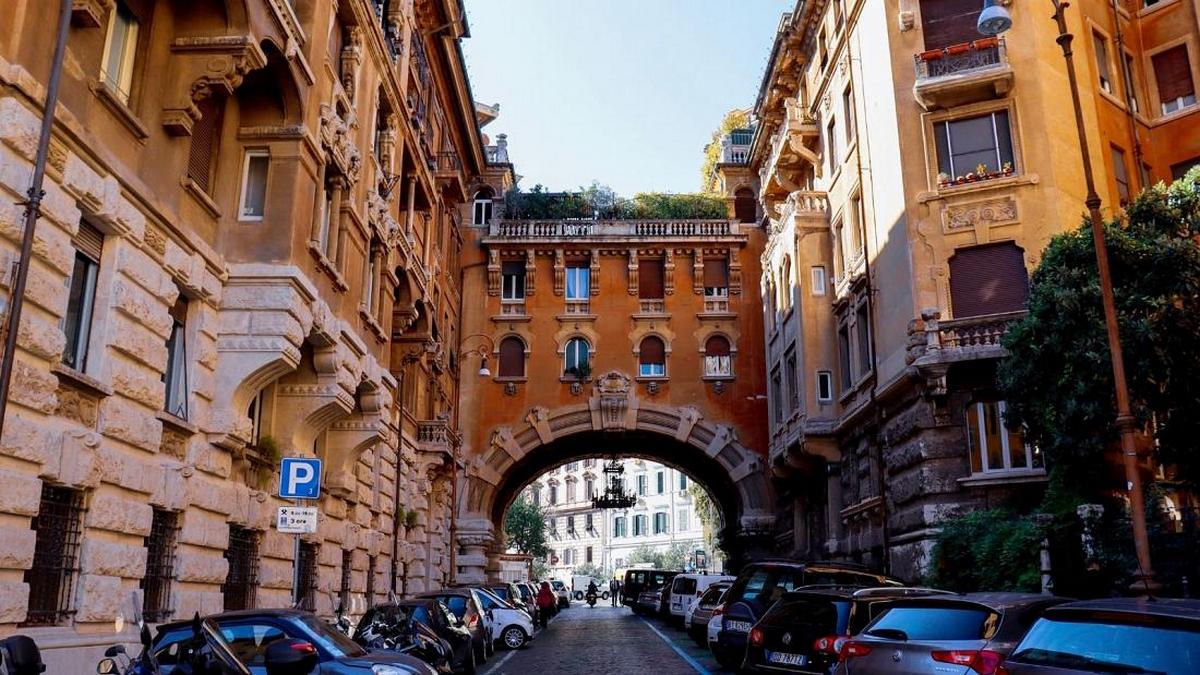
Rome is home to one of the best preserved histories in the world, and is also famous for its excellent cuisine. However, most of the beauty of Rome lies in its refined and often unnoticed surroundings.
This, of course, applies to the Coppede quarter, the smallest district of Rome, which is full of charm. The area is home to a variety of iconic examples of Italian architecture, combining a playful mix of styles, including Roman Baroque, Ancient Greek, Medieval and Art Nouveau. This makes it the ultimate stop for everything to do with architecture.
Glasgow, Scotland

When it comes to learning about Scotland’s rich history, the country’s second city becomes an entertainment hub. There is a thriving music scene and many museums and cultural institutions worth visiting.
For visitors looking to escape the hustle and bustle of city life, solace can be found in Kibble Palace. Located in the Glasgow Botanic Gardens, it is an impressive engineering structure in which marble, glass and steel create an oasis of peace and tranquility.
Bucharest, Romania
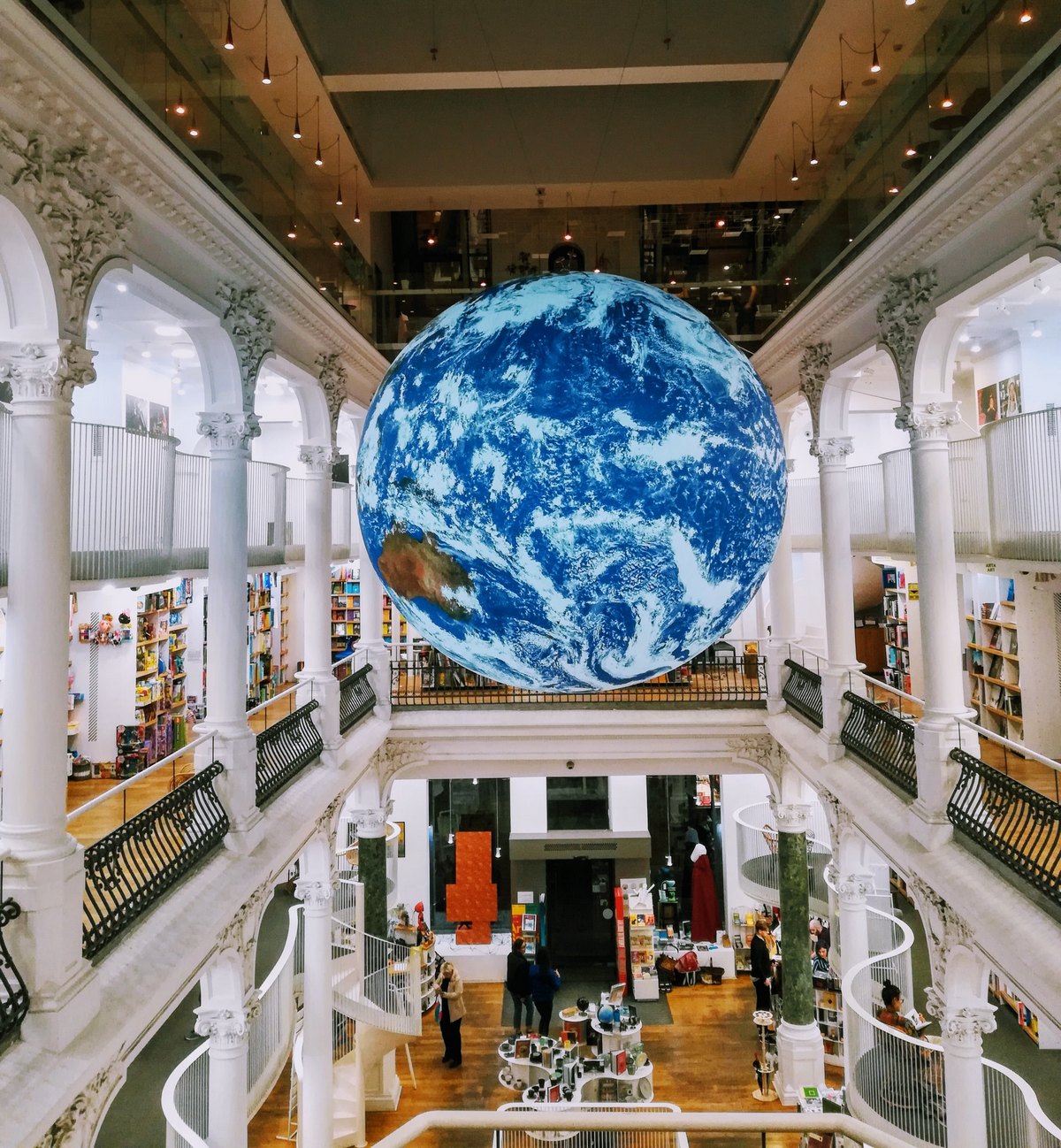
Bucharest, often called the “Paris of the East”, organically combines the old and the new. Visitors can find various hidden pearls in different age areas.
One place not to be missed in the Old Town is Carturesti Carusel, a truly stunning bookstore where any focused reader hides between the shelves for hours.
Budapest, Hungary
Known as one of the most beautiful cities in Europe – despite fierce competition – Budapest enjoys the status of an architectural and historical wonder.
In fact, Budapest’s awareness of its impressive architecture is reflected in one of its hidden attractions, Vaidahunyad Castle. During construction in the early 1900s, the castle was divided into four parts, each of which is made in different styles. There are even miniature copies of other famous Hungarian buildings and landmarks hidden around the castle.
Copenhagen, Denmark
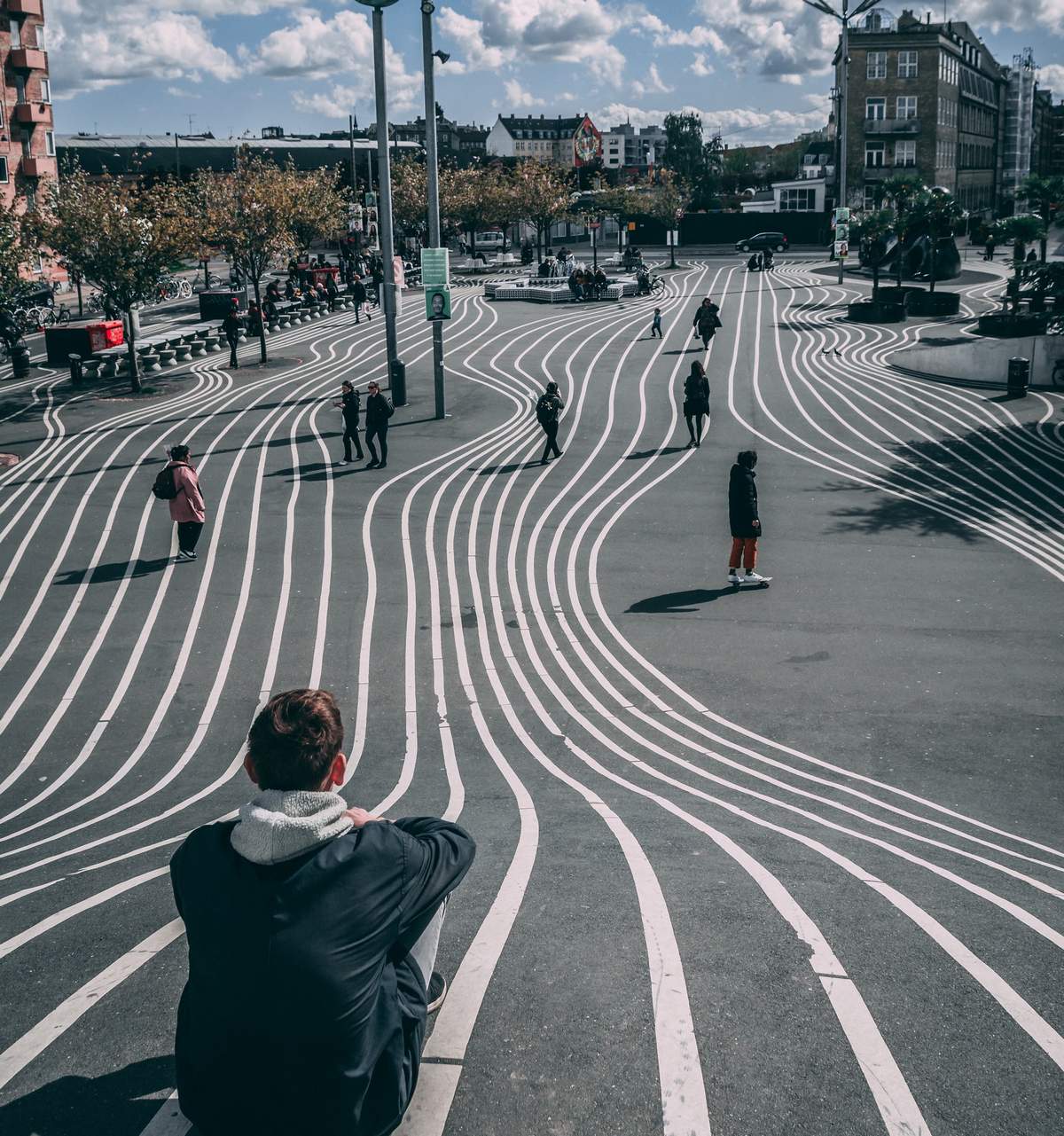
Copenhagen is known as one of the happiest cities in Europe. From its colorful houses to complex canal systems, visitors will not be left without work.
If you are looking for something more unusual than classic tourist attractions, you do not need to look further than Superkilen Park. This public park, created in honor of multiculturalism, is a tribute to the diverse communities of Copenhagen. It combines artistic styles and installations from around the world, creating a vibrant public space for all.
Baku, Azerbaijan
Due to its location between the Black and Caspian Seas, Azerbaijan was under the influence of Europe, the Middle East and Russia. Baku is located at the intersection of many historical moments, which are reflected in its architecture.
Along with impressive buildings such as the Shirvanshah Palace and the Sokar Tower, the city is also home to its own natural wonder. To the south of the city is the Baku archipelago with more than 300 mud volcanoes located around the Caspian Sea. Caspian Sea. This phenomenon is located a short distance from the city center, daily regular buses and tours depart from the center of Baku.
London, England
When visiting London, you come across a number of well-visited attractions, from Buckingham Palace to the London Eye.
However, if you are looking for something typically British that will take you away from the crowd, your next stop should be the Wallace collection.
Exhibited in Hertford House, a stunning mansion of the 16th century, it houses some of the most iconic art collections in Europe, but tourists often do not notice it.
Munich, Germany
As the capital of Bavaria, Munich is the most famous Oktoberfest, the famous annual beer festival in Germany. In addition to its reputation as a beer lover, Munich is famous for its diverse nightlife. The Drayler Theater adds a bit of glamor to an evening in the city. The Drehleier Hotel offers a variety of entertainment activities, from comedy to cabaret.
Amsterdam, The Netherlands
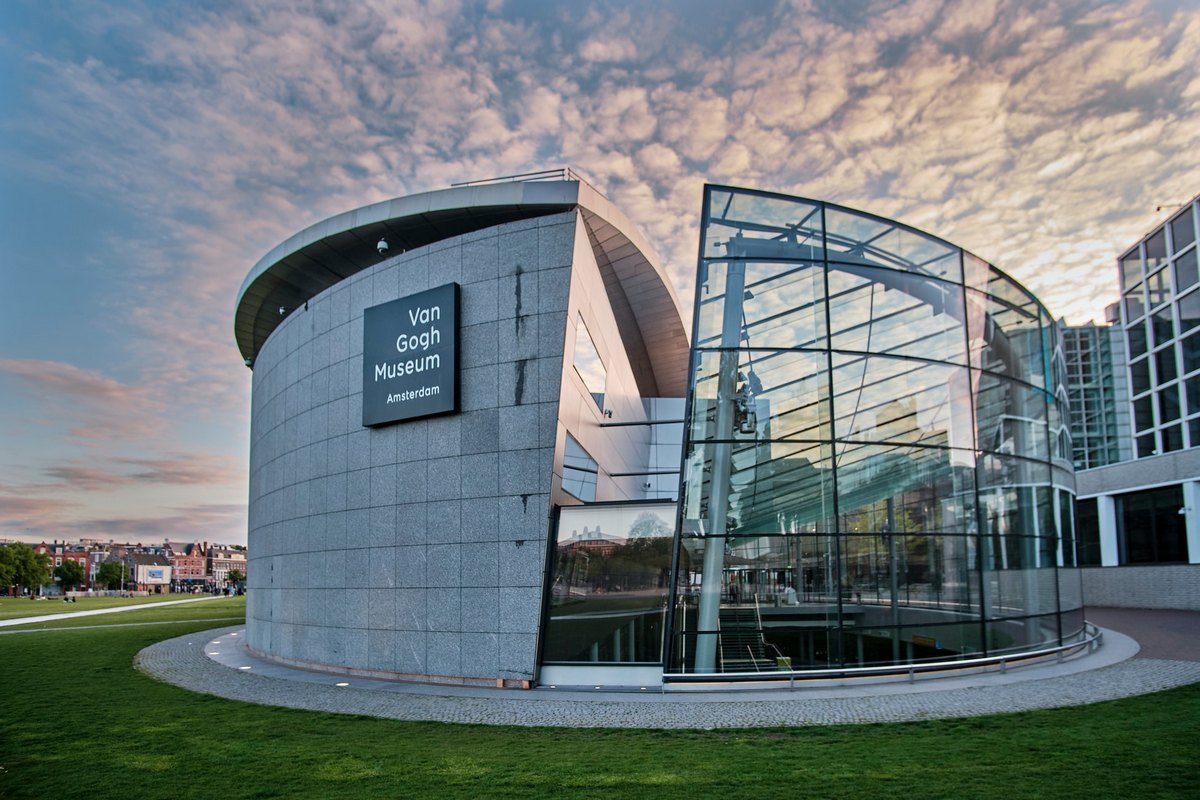
Amsterdam, famous for its bicycles and long flowing canals, is rich in beautiful streets and historically significant sights. Although great Renaissance masterpieces and works of art are scattered throughout the city in the Rijksmuseum and Van Gogh Museum, an era of history that is often overlooked is also the Museum of the Dutch Resistance Movement during the German occupation.
The Dutch Museum of Resistance works to uncover the hidden stories of resistance fighters, taking visitors on an emotional and cognitive journey through the heritage of Amsterdam.
St. Petersburg, Russia

St. Petersburg – Russia’s gateway to the west, is a cosmopolitan city that combines Russian culture with influence from across Europe. Although there are many imperial palaces and galleries left, there are other unique ways in which visitors can learn about Russian history and culture.
A great example is the Rachmaninov Art Hotel, the childhood home of the famous Russian composer Sergei Rachmaninoff, turned into a treasure trove of art, with works by local Russian artists framed along the hotel walls. What better way to see the art of St. Petersburg than to sleep next to it?
Seville, Spain
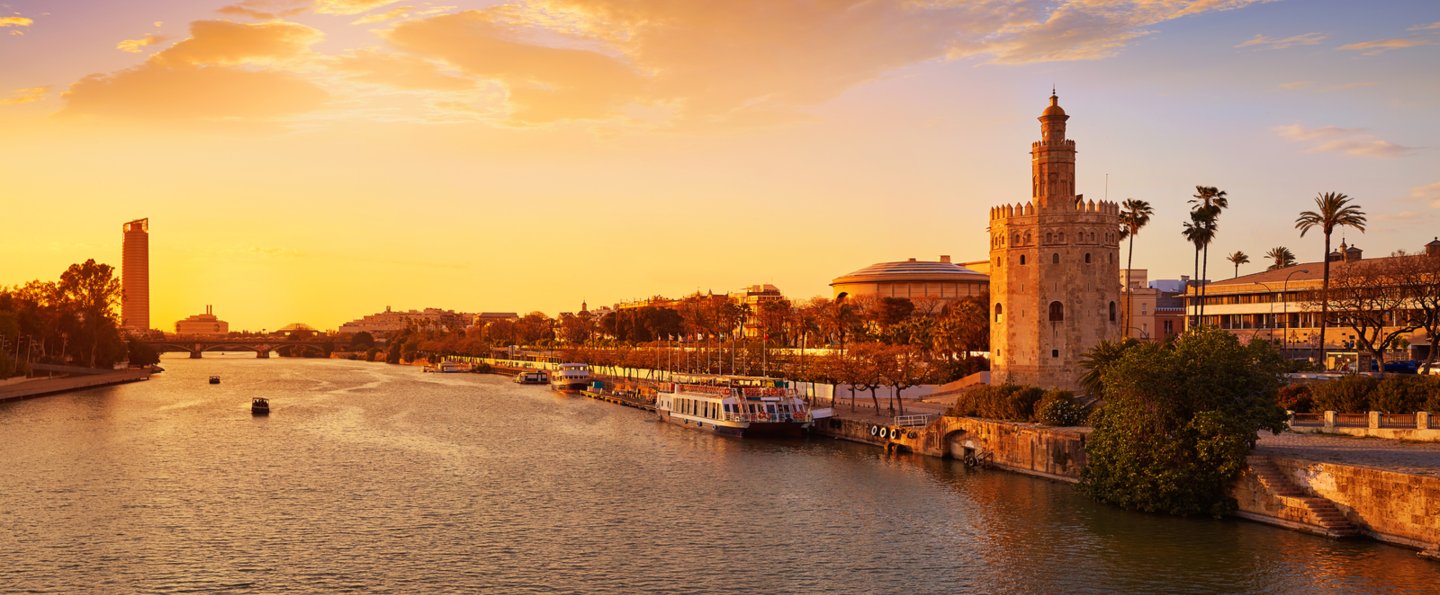
Located south of the region of Andalusia in Spain, Seville is known for its wonderful tapas, flamenco and incredibly hot summers. With that in mind, a great place to freshen up after a long day spent in the Spanish sunshine is next to the Guadalquivir River.
The river, which locals often visit as a place where you can drink sangria in the evenings, is ideal for a quiet holiday at the end of a long day or for a night walk along the river.

